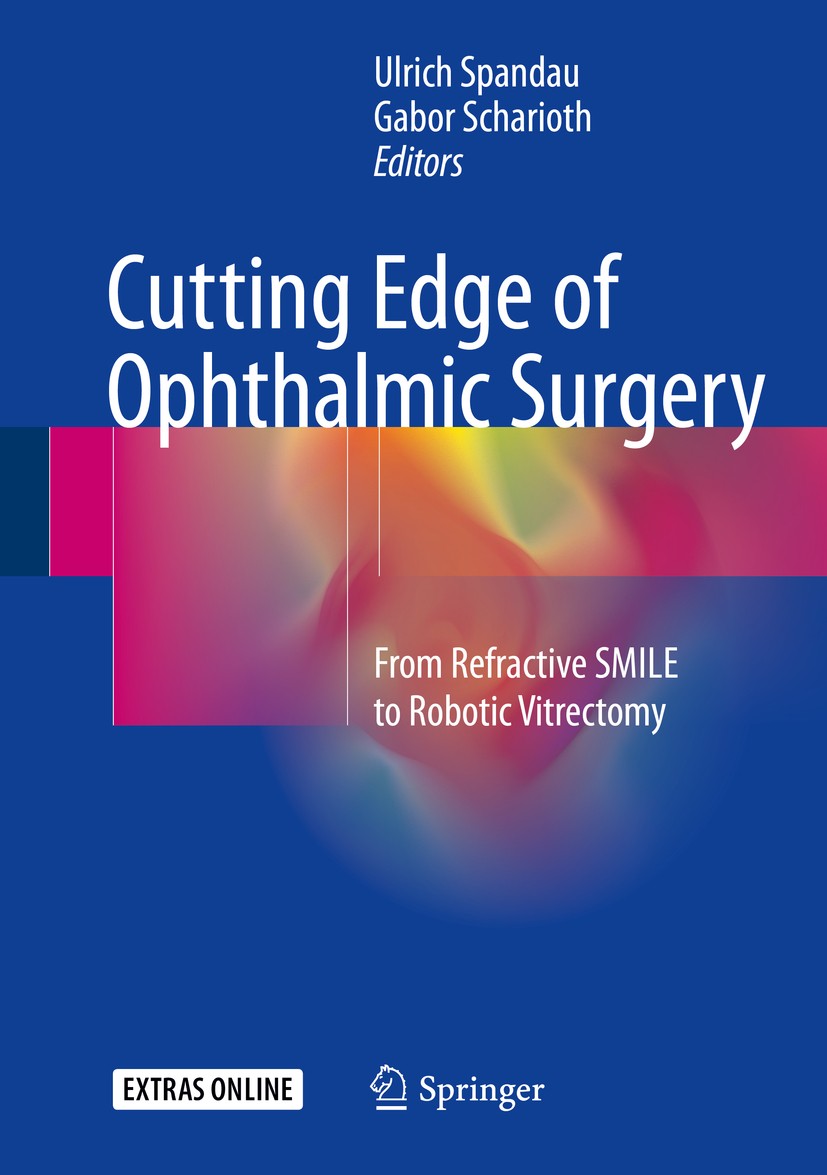| 书目名称 | Cutting Edge of Ophthalmic Surgery |
| 副标题 | From Refractive SMI |
| 编辑 | Ulrich Spandau,Gabor Scharioth |
| 视频video | http://file.papertrans.cn/242/241681/241681.mp4 |
| 概述 | Provides clear, concise descriptions of advanced surgical techniques for challenging ocular surgeries.Highly illustrated with over 400 line drawings and full colour intra-operative photographs.Offers |
| 图书封面 |  |
| 描述 | .This book presents the most modern and innovative techniques in ocular surgery currently utilized by experts in the field. All aspects of ocular surgery from the front to the back of the eye are covered in this resource, with all surgeries demonstrated as ‘recipes’ with first the ingredients and then the surgical techniques with step-by-step instructions. The surgeries are illustrated with photographs, drawings and videos for practical application, and the step-by-step presentation allows for quick and easy access to the most appropriate techniques in ocular surgery.. |
| 出版日期 | Book 2017 |
| 关键词 | Small gauge vitrectomy; Canaloplasty; Femto Smile; Femto cataract; Glaucoma |
| 版次 | 1 |
| doi | https://doi.org/10.1007/978-3-319-47226-3 |
| isbn_softcover | 978-3-319-83685-0 |
| isbn_ebook | 978-3-319-47226-3 |
| copyright | Springer International Publishing AG 2017 |
 |Archiver|手机版|小黑屋|
派博传思国际
( 京公网安备110108008328)
GMT+8, 2025-11-11 19:07
|Archiver|手机版|小黑屋|
派博传思国际
( 京公网安备110108008328)
GMT+8, 2025-11-11 19:07


